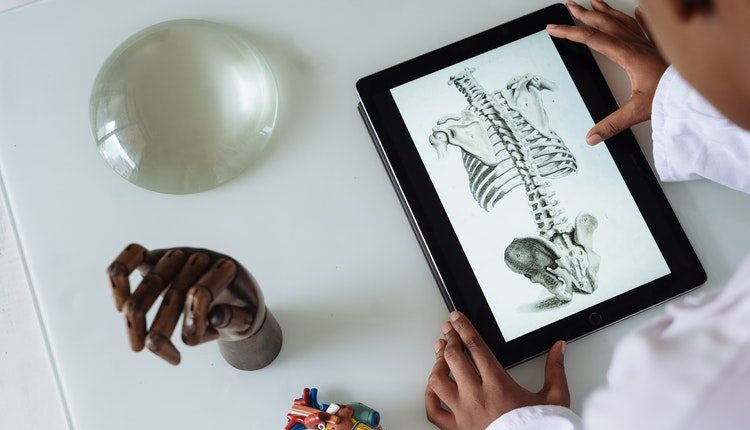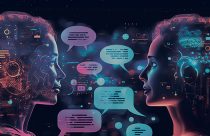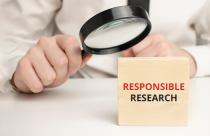Why Are Virtual Labs Crucial for the “New Normal”?

Ever since the pandemic struck the world early this year, we have had to switch to the digital mode. Digital learning has made it into our houses to save the day while social distancing. While companies allowed professionals to work from home, researchers and academics chose virtual laboratories as one of the primary measures to cope with the “new normal”.
What are Virtual Labs?
Digital learning has paved the way for virtual labs. Virtual labs are one of the technological innovations among the modern educational methods. In virtual labs, the computer is used to provide a 3D virtual environment for the science lab. This enables the student to coexist and interact and deal with it, so that the student feels as he/she coexists, interacts, and deals with a real science lab in all its dimensions.
Are you a researcher working in a lab during the pandemic? Enago invites you to participate in a global survey on the re-opening and functioning of research laboratories in this pandemic-ridden world. The survey ends on February 28, 2021.
With the internet and computer available, the student will be able to complete their experiments in real time. Besides this, the student will be able to access information in various materials and disciplines, which develops his skills and helps him to keep abreast of daily developments in the field of education.
Organizations Pro for Virtual Labs
With the lockdown being relaxed or lifted in several countries, laboratories are being reopened. However, there are severe protocols that a laboratory or a researcher would need to follow. This is the reason why several universities are still continuing on virtual labs.
An organization, named Labster, has offered scientists and students at universities including Harvard, MIT, Stanford, and Berkeley the opportunity to virtually explore these essential facilities and discover the process for running tests on the deadly virus found inside, without issues of access, expense and, more importantly, danger. Besides these, several colleges and universities are currently using the model of virtual labs. Some of these academic institutions include the Middlesex Community College in Massachusetts, Indian Institute of Technology (IIT), Mumbai, and so on. In an attempt to find a solution to the issue of attending practicals, the Indian Institute of Technology (IIT) Mumbai has now come forward and developed a ‘virtual lab’ for Engineering and Science students. Through these virtual labs around 60 to 70% lab experiments can be undertaken and students will essentially benefit from it.
One such university in India, Savitribai Phule Pune University (SPPU), will be using this technology of virtual labs for their science stream students. Most of the engineering and science colleges are finding new ways to continue their academic year in the background of the COVID-19 pandemic. In the Science stream it is a bit difficult as along with online lectures, lab practical sessions are also equally important.
Benefits of Using Virtual Labs
- Enable students to perform many experiments that are difficult to perform in real laboratories because of the risks.
- Help teachers and students save time and effort because they don’t need to adhere to certain times to enter the lab, or to move from one place to another.
- Provides flexibility in performing experiments. The same experiment can be performed more than once.
- Allow students to perform the practical experiments related to the theoretical courses, which helps them absorb the courses.
- Protect students and teachers from any direct contact with toxic or radioactive chemicals and handling of explosive devices or electricity.
- Provide the convenience of changing the inputs and transactions used in the experiment.
- Allow students to stay in touch with the Internet, which helps them search and gather information during the experiment.
- Enable students to record results electronically and share them with others to exchange experiences.
- Provide teachers with the opportunity to follow up and evaluate students electronically.
- Switching to virtual labs is a big step towards keeping up with technology.
Cons of Using Virtual Labs
Virtual labs are a new concept and so, quite obviously, would come with a few drawbacks. They are:
- Availability of computers devices with high specifications for creating a three-dimensional virtual lab.
- Requirement of professional programmers with strong skills in different programming languages. They also require a team of experts in the scientific material, teachers, and experts in psychology.
- No direct interaction among students, and between students and teachers, as most of the communication between them is electronic.
Do you think universities and colleges should switch to virtual labs? Please let us know your thoughts in the comments section below.









